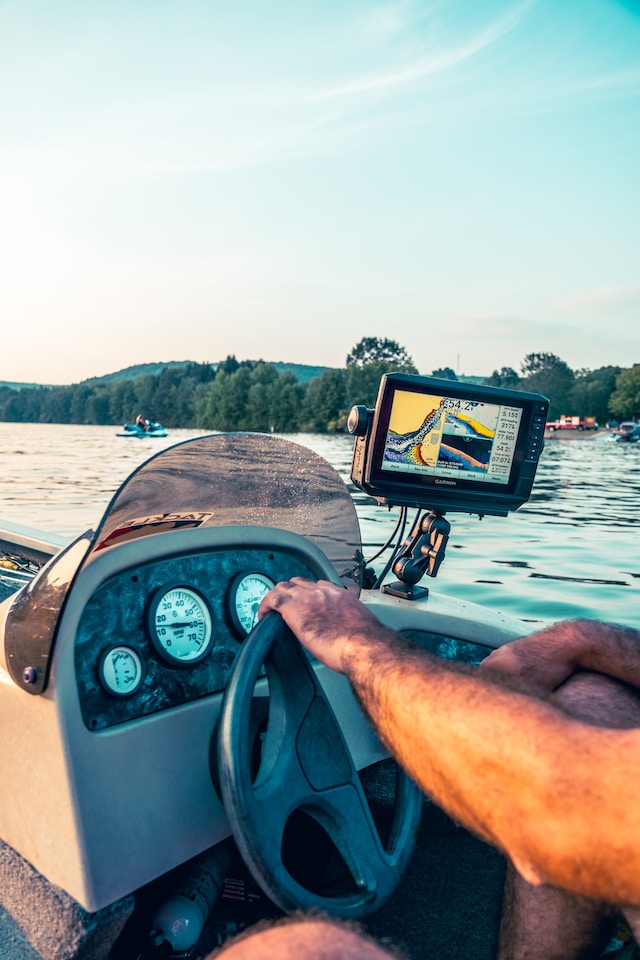
A fish finder, also known as a depth sounder or sonar, is an electronic device used by anglers to locate fish underwater. It works by emitting sound waves into the water, which then bounce off objects and return to the device. The fish finder processes these returning signals to create a visual representation of the underwater environment, including the depth, structure, and any fish or other objects present.
Here's how a fish finder typically operates:
-
Transducer: The fish finder contains a transducer, which is a specialized sensor that emits a beam of high-frequency sound waves into the water. These sound waves travel through the water and bounce off objects, including the bottom of the water body, fish, and underwater structures.
-
Return Signal: When the sound waves hit an object, they bounce back to the transducer as an echo. The transducer receives these returning signals.
-
Display: The fish finder's display unit interprets the returning signals and represents them graphically on the screen. It displays a visual representation of the underwater terrain, indicating the depth of the water, the presence of fish, and any structures or obstructions.
-
Interpretation: Experienced anglers learn to interpret the information displayed on the fish finder. They can distinguish between the signals produced by the bottom of the water body, schools of fish, and other underwater features.
Fish finders can provide valuable information for anglers, such as:
-
Depth: It shows the depth of the water at various points, which can be crucial for understanding where fish might be located.
-
Fish Arch Identification: When fish swim through the sonar beam, they appear on the display as arch-shaped blips. The size and thickness of the arch can provide clues about the size and type of fish.
-
Bottom Composition: It can indicate whether the bottom is soft (mud or silt) or hard (rock or gravel), which can affect fish behavior.
-
Structure and Obstructions: It can reveal submerged structures like rocks, fallen trees, or underwater vegetation, which can be hotspots for fish.
-
Water Temperature and Thermoclines (in some advanced models): Some fish finders have sensors that can measure water temperature, helping anglers identify potential fish-holding areas.
Fish finders come in various models with different features and capabilities, ranging from basic black-and-white displays to advanced color screens with GPS integration and chartplotting capabilities. The choice of a fish finder depends on the type of fishing you do, the kind of water bodies you frequent, and your budget.

